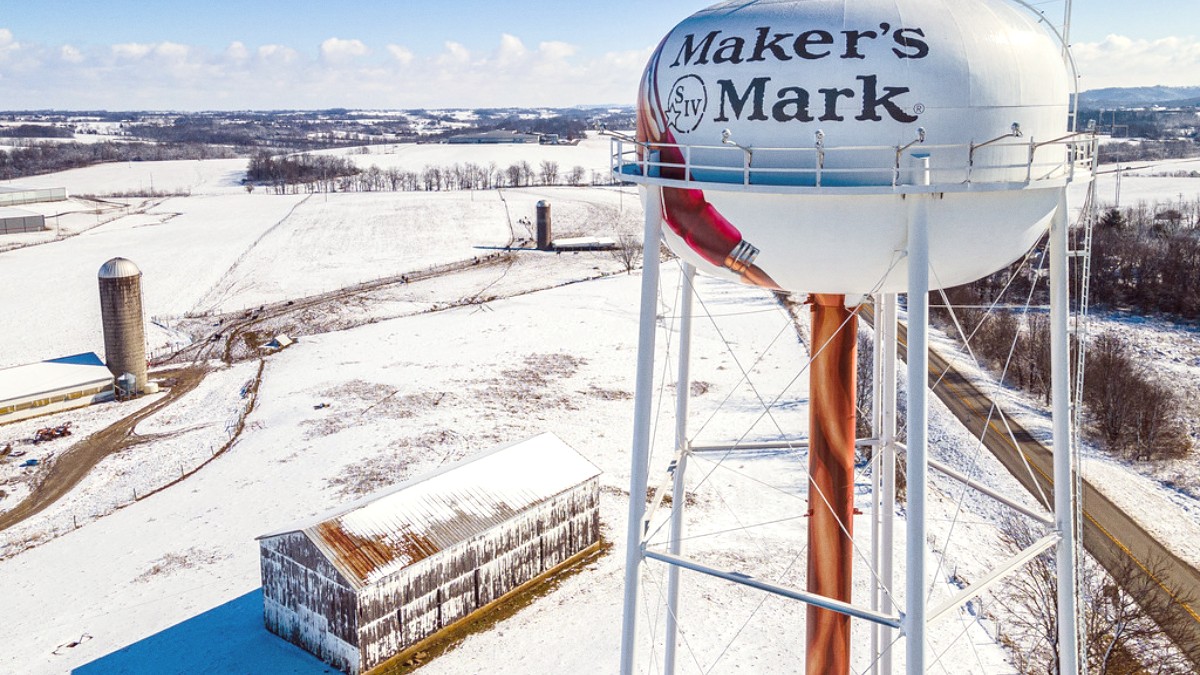
Kentucky, USA
Kentucky experiences a humid subtropical climate, displaying four distinct seasons, each with its own advantages for visitors. Plan your trip considering temperature, precipitation, and humidity to maximize your enjoyment of the Bourbon Trail.
Climate Patterns Throughout the Year:
Spring (April-May): Temperatures are mild, typically ranging from the 50s to 70s°F (10-25°C). Expect moderate precipitation and humidity.
Summer (June-August): This period brings hot and humid conditions, with temperatures frequently in the 80s and 90s°F (27-35°C). High humidity makes it feel even warmer. Frequent thunderstorms.
Fall (September-October): The autumn months provide a highly favored time to visit. Temperatures are pleasant and mild, generally between 60s and 70s°F (15-25°C). Humidity levels drop, and precipitation lessens. Fall foliage is beautiful.
Winter (November-March): Temperatures range from mild to cold, typically in the 30s and 40s°F (0-10°C). January and February bring the highest chance of snow or ice. This season offers a quieter experience.
Kentucky weather offers a range of conditions. While no monsoons or hurricanes occur, specific patterns define each season.
Specific weather considerations include summer heatwaves, often with high humidity, making outdoor activities challenging. Thunderstorms are frequent in warmer months. Winter may bring occasional snowfalls, ice storms, and freezing rain, which can complicate travel. Kentucky also falls within "Tornado Alley," posing a risk during spring and fall. Keeping an eye on local weather alerts is always advisable.
April-May (Spring), Sep-Oct (Fall)
Ideal weather for touring, major events (Derby, Bourbon Festival).
Higher prices for accommodations and tours, crowded attractions; book well in advance.
Late May-June, November
Fewer crowds compared to peak season, generally pleasant weather, potential for lower prices.
Transitional weather, some variability; potential for limited distillery hours.
Dec-Mar (Winter), July-Aug (Summer)
Lowest prices for hotels and tours, fewest crowds, easier tour slot access.
Cold weather, potential for snow or ice, travel conditions affected; some limited hours.
Heatwaves frequently occur in summer, with temperatures often over 90°F (32°C). High humidity may cause heat index values over 100°F (38°C), making outdoor activities challenging. Thunderstorms often happen, bringing heavy rain and lightning. Stay hydrated with a reusable water bottle and seek shade or indoor, air-conditioned spaces during the hottest parts of the day. Wear lightweight, breathable clothing.
Occasional snowfalls, ice storms, and freezing rain may affect travel, notably in January and February. Roads may become hazardous. Check road conditions before travel during these months. Dress in warm layers and waterproof outer layers if expecting snow or sleet. Plan indoor activities or be flexible with your itinerary during severe winter weather.
Kentucky falls within "Tornado Alley"; tornadoes risk during spring and fall. Pay attention to local weather alerts (weather radio or phone notifications).
If a warning issues, seek sturdy shelter (basement or interior room, away from windows).
Heavy rainfall may cause flash flooding, especially in low-lying areas. Never drive through flooded roads.
Common in warmer months; bring heavy rain, lightning, strong winds. Seek indoor shelter.
Local news channels and weather apps keep you informed about current conditions.
Entry requirements for the United States vary based on your nationality. Plan your documentation well in advance of your trip to Kentucky for a smooth arrival.
For domestic air travel, a valid government-issued photo identification (driver's license or passport) is sufficient. For driving within Kentucky, a driver's license suffices.
Entry requirements vary by nationality. Obtain the correct visa or ESTA approval for a smooth U.S. Arrival.
Trip costs vary significantly based on your travel style and preferences.
Your well-being remains important.
Include band-aids, antiseptic wipes, pain relievers (ibuprofen or acetaminophen), and allergy medication. A compact first aid kit from Amazon.com is a good choice.
Carry in original containers with pharmacy labels. A doctor's note for controlled substances is advisable.
For warmer months, products with DEET or picaridin (e.g., Off! Deep Woods) offer good protection.
Dial 911 for Police, Fire, or Medical emergencies.
Kentucky offers high-quality medical facilities in major cities like Louisville and Lexington, and in smaller towns. Hospitals, urgent care centers for non-emergencies, and pharmacies are readily available. Tap water throughout Kentucky is generally safe to drink.
U.S. Food safety standards are high; restaurants and food establishments are regulated. You can generally trust hygiene practices. Review the latest guidance from the U.S. Centers for Disease Control and Prevention (CDC) before your trip.
Always prioritize your health and safety. Stay informed and prepared for a worry-free visit.
Kentucky is generally safe for tourists, especially in popular areas and on distillery grounds. Use common sense safety practices.
In Louisville and Lexington, stay aware of your surroundings, especially at night or in less-trafficked areas. Avoid walking alone in poorly lit or unfamiliar neighborhoods after dark.
Generally very safe, but services like gas stations or restaurants can be limited. Plan your stops accordingly.
While Kentucky is welcoming, being aware of certain risks and taking precautions supports a trouble-free journey.
Travel insurance is highly recommended for international travelers. Consider policies that cover medical emergencies, trip cancellation or interruption, and lost luggage. While specific affiliate links for insurance are not provided, explore options that address your unique travel needs.
Policies for medical emergencies and health care access during your trip.
Coverage for trip cancellation, interruptions, or delays, safeguarding your investment.
Protection for lost, stolen, or damaged luggage and personal items.